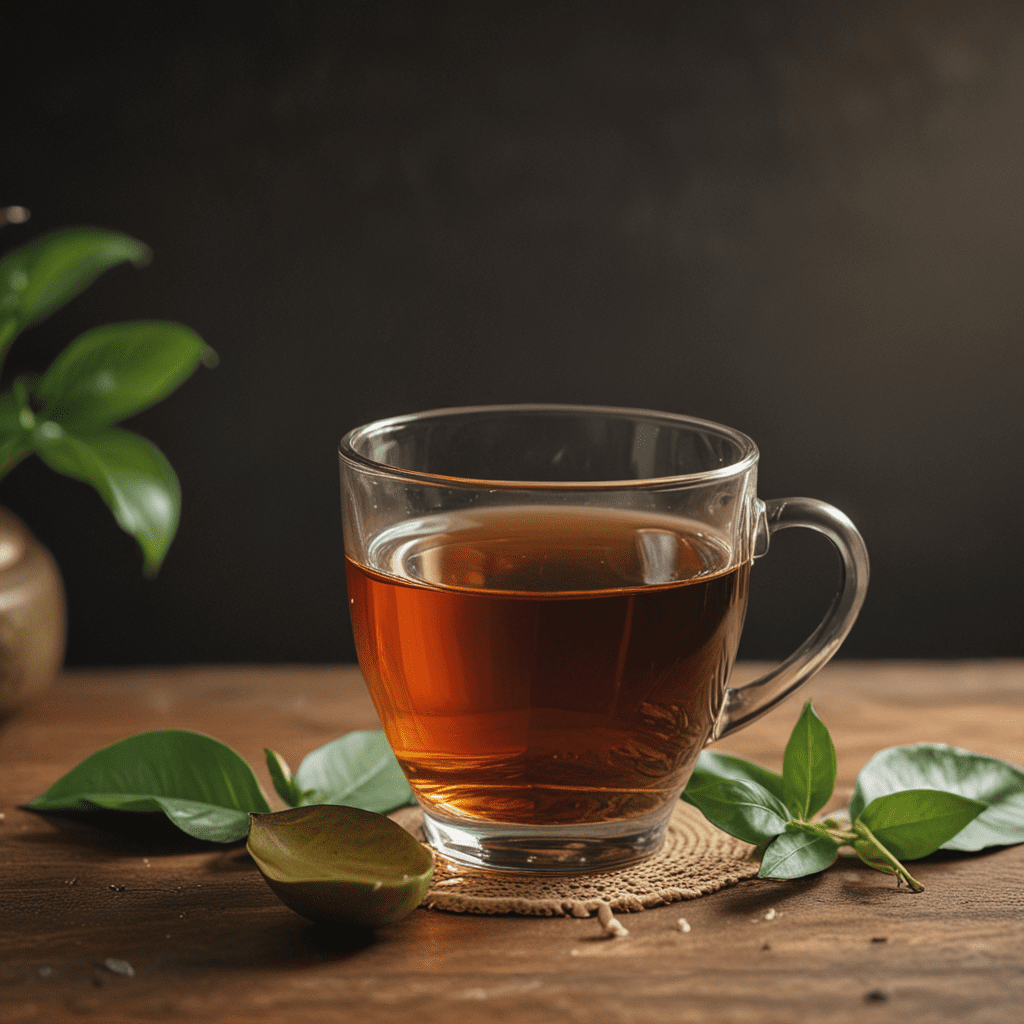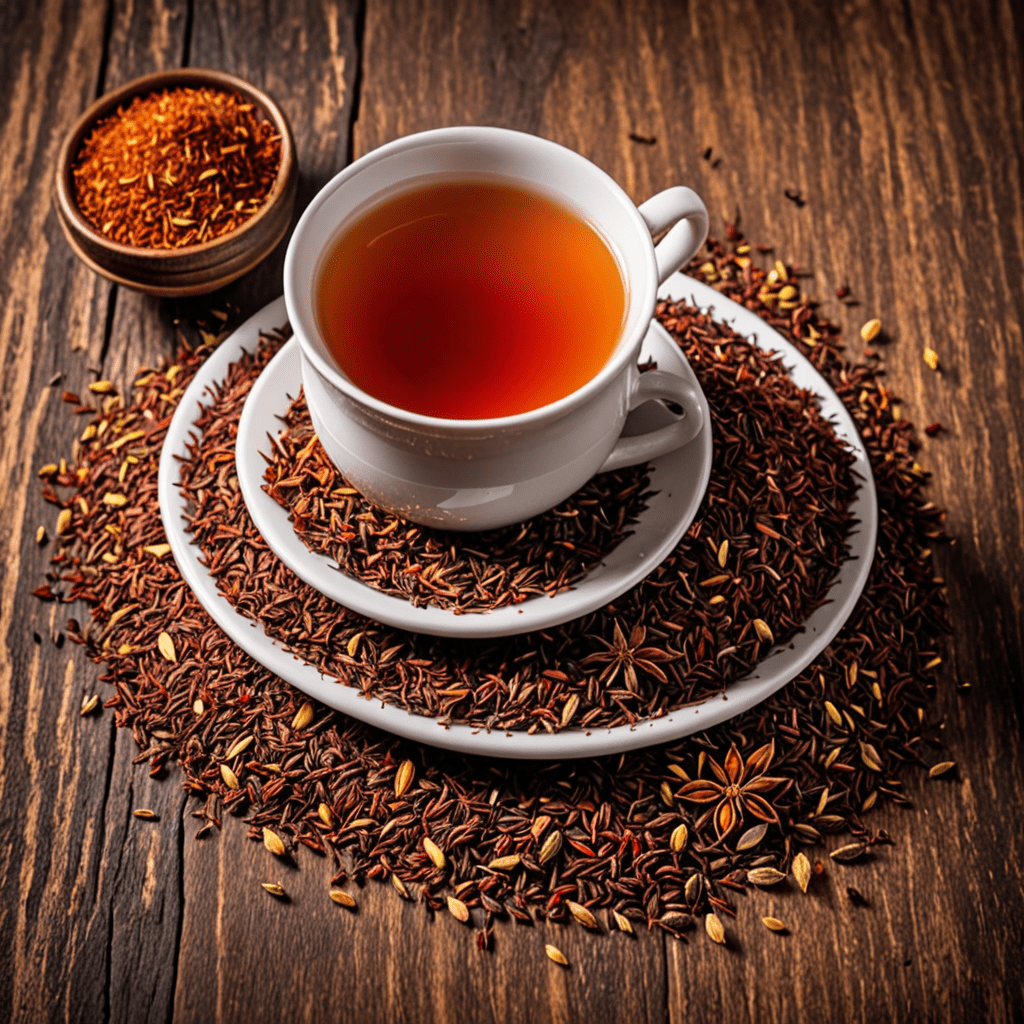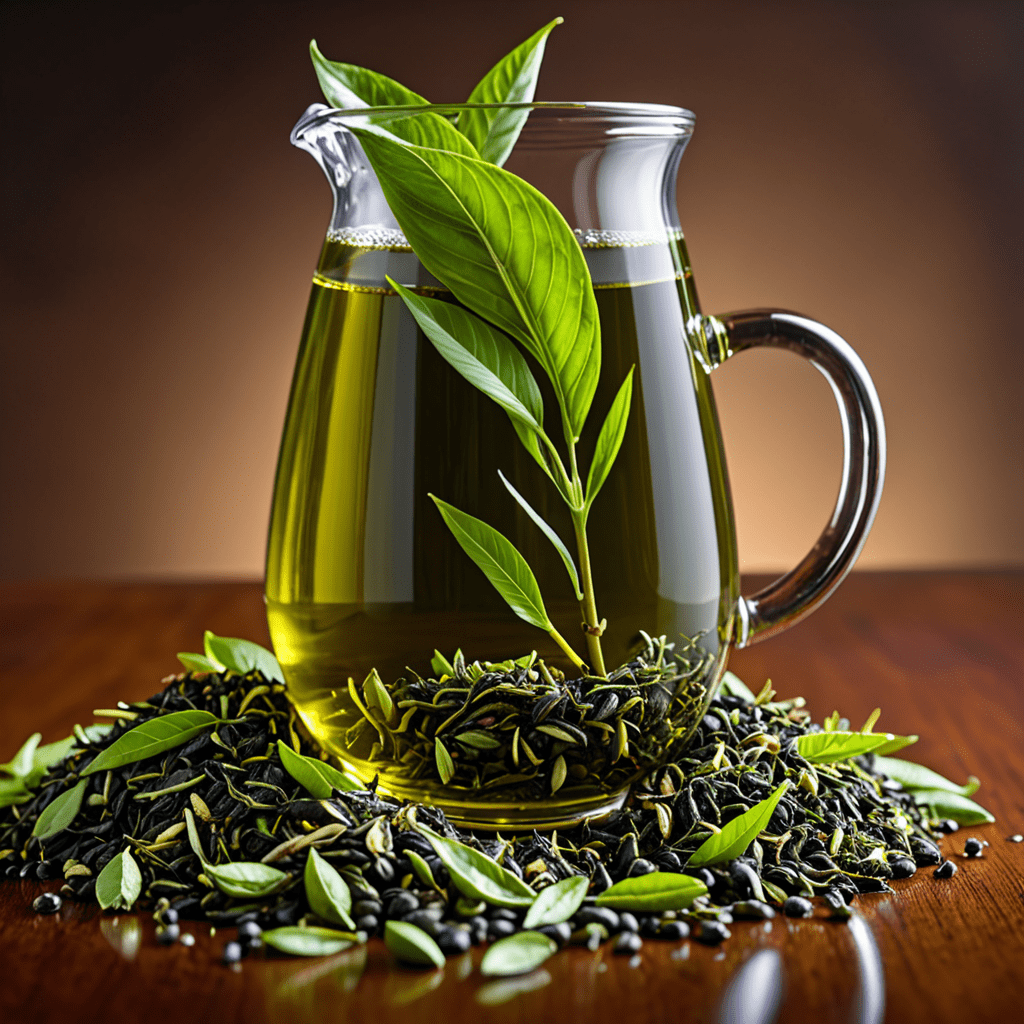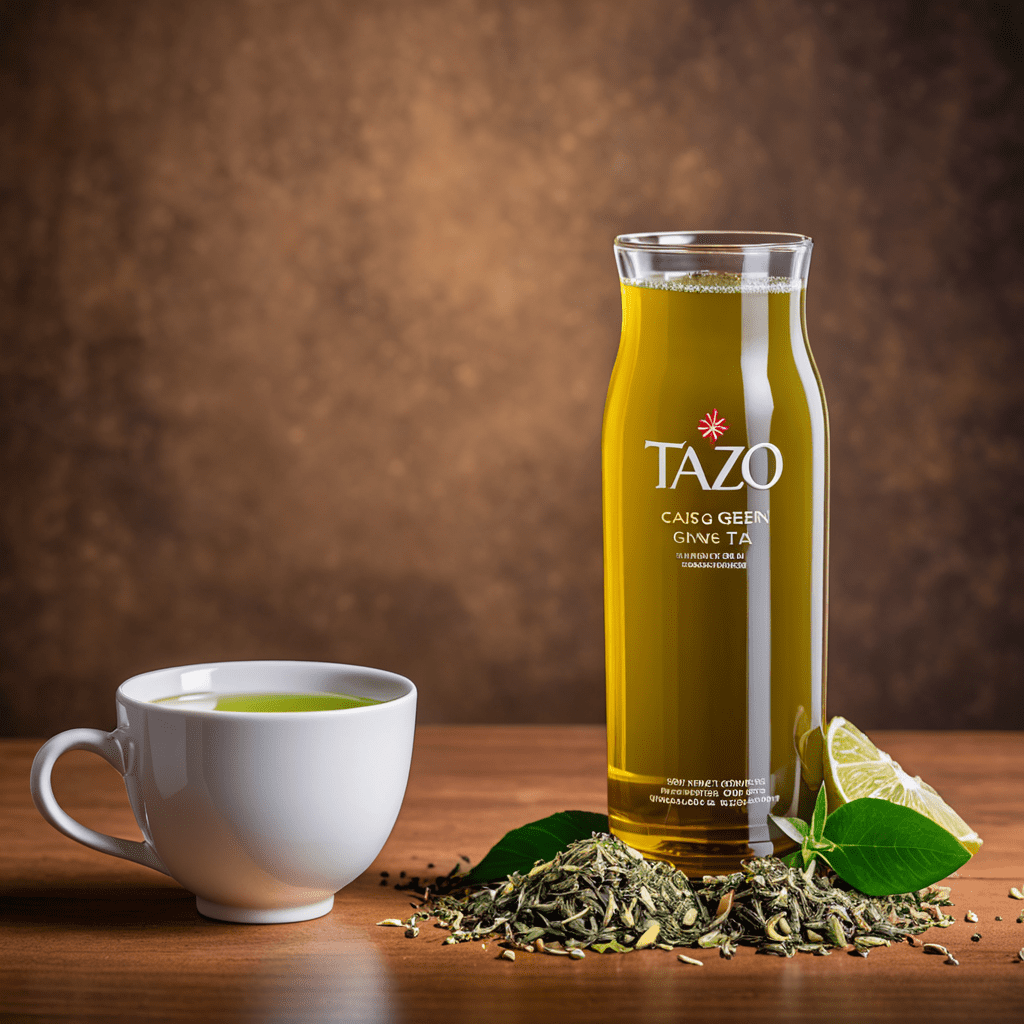Introduction: The Allure of Ceylon Tea
In the realm of fine beverages, Ceylon tea stands as a beacon of excellence, celebrated for its distinct flavors and captivating history. Originating in the lush highlands of Sri Lanka, this extraordinary tea has woven itself into the cultural fabric of the nation, becoming an integral part of its heritage and identity. Embark on a journey through the world of Ceylon tea, where tradition, taste, and cultural significance intertwine.
A Historical Tapestry: The Origins and Evolution of Sri Lankan Tea
The story of Ceylon tea begins in the mid-19th century, when British planters introduced tea bushes to Sri Lanka's fertile soil. The island's tropical climate and high elevation proved ideal for cultivating tea, and the industry flourished, transforming the island's landscape and economy. Today, Sri Lanka remains one of the world's leading tea producers, exporting its renowned Ceylon tea to discerning tea enthusiasts worldwide.
The Art of Tea Cultivation: Nurturing Nature’s Finest
The cultivation of Ceylon tea is an art form, meticulously practiced to ensure the highest quality. Tea plants thrive in the island's well-drained soils, while ample rainfall and sunshine promote optimal growth. Tea pluckers, often women, carefully handpick the tender tea leaves, preserving the delicate flavors and aromas that define Ceylon tea's unique character.
The Symphony of Flavors: A Journey Through Ceylon’s Tea Estates
Sri Lanka's diverse tea-growing regions produce a wide range of flavors, each with its own distinct profile. From the brisk and invigorating teas of the Dimbula region to the more mellow and floral teas of Nuwara Eliya, there's a Ceylon tea to suit every palate. Explore the tea estates nestled amidst the island's rolling hills and discover the nuances that make each region's tea truly exceptional.
Tea Culture and Etiquette: Honoring Time-Honored Traditions
In Sri Lanka, tea is more than just a beverage; it's an integral part of daily life and social interactions. Tea rituals and etiquette have been passed down through generations, creating a rich tapestry of cultural customs. From the traditional afternoon tea ceremony to the more casual gatherings over a cup of tea, these rituals honor the heritage and significance of this beloved beverage.
Tea Rituals: From Daily Delights to Ceremonial Gatherings
Tea occupies a central role in Sri Lankan hospitality and social gatherings. Whether it's the afternoon tea break, where friends and families gather for lively conversations over steaming cups of tea, or the traditional evening tea that signals the end of a day's work, tea rituals provide an opportunity for connection and relaxation. The art of tea preparation and presentation is highly valued, with rituals varying from region to region and household to household.
The Social Fabric of Tea: Connecting Communities and Sharing Heritage
Beyond its gastronomic appeal, tea has played a pivotal role in shaping Sri Lanka's social and community dynamics. Tea plantations have fostered a sense of belonging among workers and their families, creating vibrant communities. Tea gatherings have become platforms for building relationships, exchanging stories, and preserving local customs. Tea also serves as a catalyst for social change, with initiatives empowering tea communities and promoting sustainable tea cultivation.
Tea in Art and Literature: Expressions of a Beloved Beverage
The allure of Ceylon tea has inspired numerous artistic and literary expressions. Paintings and sculptures capture the serene beauty of tea estates and the daily lives of tea workers. Writers and poets have dedicated their works to the aromatic brew, weaving stories around the themes of love, loss, and the human connection forged over a cup of tea. These artistic interpretations not only showcase the cultural significance of tea but also serve as a testament to its timeless appeal.
Preserving and Promoting Ceylon Tea Heritage: A Legacy for Future Generations
Recognizing the importance of Ceylon tea's cultural and economic heritage, Sri Lanka has taken significant steps to preserve and promote this precious commodity. The country has implemented sustainable farming practices and established quality regulations to maintain the exceptional standards of Ceylon tea. Educational initiatives aim to pass down the knowledge and traditions of tea cultivation to younger generations, ensuring the continuation of this rich legacy.
Conclusion: An Ode to Sri Lankan Tea, a Culinary and Cultural Gem
Ceylon tea is more than just a beverage; it is an embodiment of Sri Lanka's cultural identity and heritage. From its humble origins as an agricultural product to its current status as a global delicacy, the journey of Ceylon tea reflects the resilience, artistry, and hospitality of the Sri Lankan people. As a culinary gem and a symbol of national pride, Ceylon tea continues to captivate tea enthusiasts worldwide, embodying the exquisite flavors, traditions, and human connections that have shaped its rich history.
FAQs
What makes Ceylon tea different from other teas? Ceylon tea is renowned for its unique flavor profile and high quality, resulting from the specific climate and soil conditions in Sri Lanka's tea-growing regions.
How can I identify high-quality Ceylon tea? Look for the Lion logo symbol, which guarantees the tea is 100% pure Ceylon tea and meets stringent quality standards set by the Sri Lanka Tea Board.
What is the best way to enjoy Ceylon tea? Ceylon tea can be enjoyed black or with milk and sugar. To experience its delicate flavors fully, consider brewing it in a teapot using high-quality water and following recommended steeping times.
- Where can I find the best Ceylon tea? Ceylon tea is widely available in tea shops, supermarkets, and online retailers worldwide. Look for reputable brands that prioritize sustainability and ethical sourcing.



